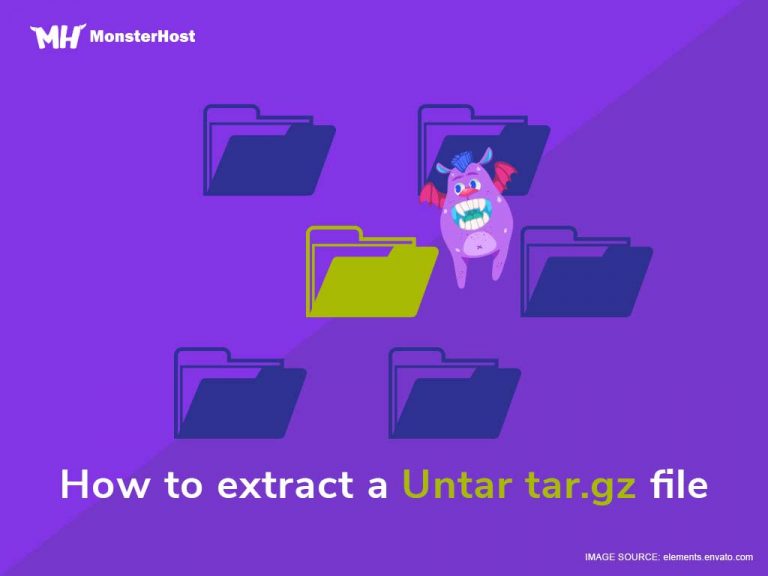

7-Zip can also be used to unpack many other formats and to create tar files (amongst others).
UNTAR .TAR INSTALL
Try tar -help or see the tar man page for more information.Īnother option is to install 7-Zip, which has a nice graphical user interface. If you have MinGW/MSYS or Cygwin installed, you can use the tar command to unpack such files:

There are several ways to unpack these files. tar extension they can also be compressed, the extension is. The -j option tells tar that the file is compressed with bzip2.Source code is often packed for download as a TAR (Tape ARchive) file, that is a standard format in the Unix/Linux world.
UNTAR .TAR ARCHIVE
When extracting a compressed tar.bz2 file by reading the archive from standard input (usually through piping), you must specify the decompression option. md (Markdown files), you would use: tar -xf 2 -wildcards '*.md' Extracting tar.bz2 File from stdin # The pattern must be quoted to prevent the shell from interpreting it.įor example, to extract only the files whose names end in. The -wildcards option allows you to extract files from a tar.bz2 file based on a wildcard pattern. Tar: Exiting with failure status due to previous errors If you try to extract a file that doesn’t exist in the archive, an error message similar to the following will be shown: tar -xf 2 README tar: README: Not found in archive When extracting files, you must provide their exact names including the path, as printed when the -list ( -t) option is used.Įxtracting one or more directories from an archive is the same as extracting multiple files: tar -xf 2 dir1 dir2 To extract a specific file(s) from a tar.bz2 file, append a space-separated list of file names to be extracted after the archive name: tar -xf 2 file1 file2 Use the -directory ( -C) to extract archive files in a specific directory:įor example, to extract the archive contents to the /home/linuxize/files directory, you would type: tar -xf 2 -C /home/linuxize/files Extracting Specific Files from a tar.bz2 File # tar -xvf 2īy default, tar will extract the archive contents in the current working directory This option tells tar to display the names of the files being extracted on the terminal. Windows users will need a tool named 7zipįor more verbose output use the -v option. To extract (unzip) a tar.bz2 file simply right-click the file you want to extract and select “Extract”. If you are a Desktop user and the command-line is not your thing you can use your File manager. The same command can be used to extract tar archives compressed with other algorithms such as.

The tar command auto-detects compression type and extracts the archive. To extract a tar.bz2 file, use the -extract ( -x) option and specify the archive file name after the -f option: tar -xf 2 Most Linux distributions and macOS comes with the tar utility pre-installed by default.
UNTAR .TAR HOW TO
In this tutorial, we will explain how to extract (or unzip) tar.bz2 and tbz2 archives using the tar command. By convention, the name of a tar archive compressed with bzip2 ends with either. It supports a vast range of compression programs such as gzip, bzip2, lzip, lzma, lzop, xz and compress.īzip2 is one of the most popular algorithms for compressing tar files. The tar command allows you to create and extract tar archives.


 0 kommentar(er)
0 kommentar(er)
